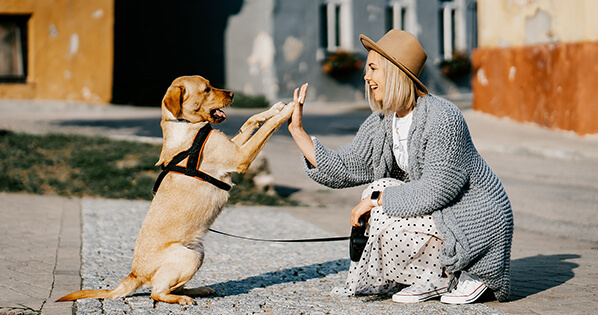
What are the five pillars of mental balance?
The five pillars of mental balance are an extremely helpful outline for new and experienced dogs owners alike. These “pillars” allow us to keep track of the most crucial aspects of our dog to ensure we are setting them up for success, while helping to alleviate any anxiety, fear, reactivity, or aggression they may be experiencing.
The five pillars are:
Stimulation – The mental aspect (training sessions – basic obedience, recall, agility, going to a new place, playing “find it” at home, playing with other dogs)
Discipline – The consistency of your training (making sure you practice obedience / commands daily and are providing clear feedback and consequences)
Boundaries – The plan and process you have discussed with ALL family members (No jumping, no barking, no leading on the walk, no following me into every room, structured alone time, daily schedule)
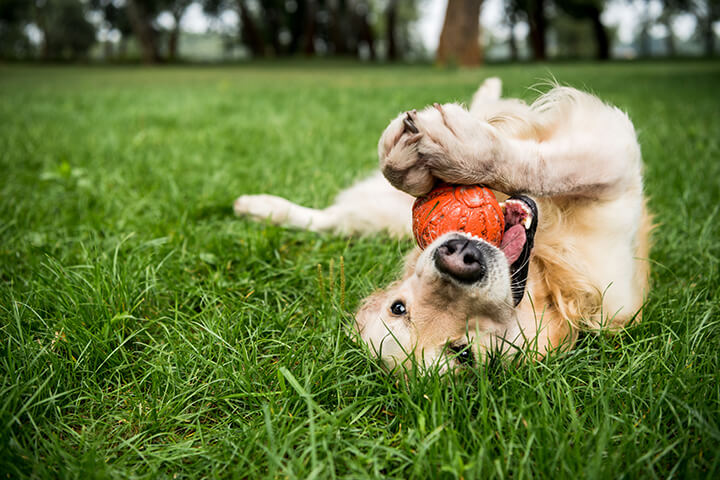
So how do I use these five pillars in my daily routine?
The most important aspect of mental balance is in the word…..BALANCE! This means that each pillar should be equal with one another. In other words, you should strive to provide 1/5 or 20% of each pillar every single day.
Well how do I provide 20% of each pillar to my dog every day?
The easiest way to make sure your dog is hitting every pillar is to check in with each category two or three times a day. The easiest way to do this is ask yourself these five questions in the morning, afternoon, and evening. If you can write it down, even better 🙂
1
What physical exercise have I done with my dog?
2
What mental exercise have I done with my dog?
3
Am I being consistent with my discipline? (practicing commands and consequence, giving clear feedback)
4
Am I being consistent with my boundaries? (plan of what to correct vs reinforce)
5
Am I giving the right amount of affection? (Timing and frequency)
1
The Exercise (Physical) Pillar
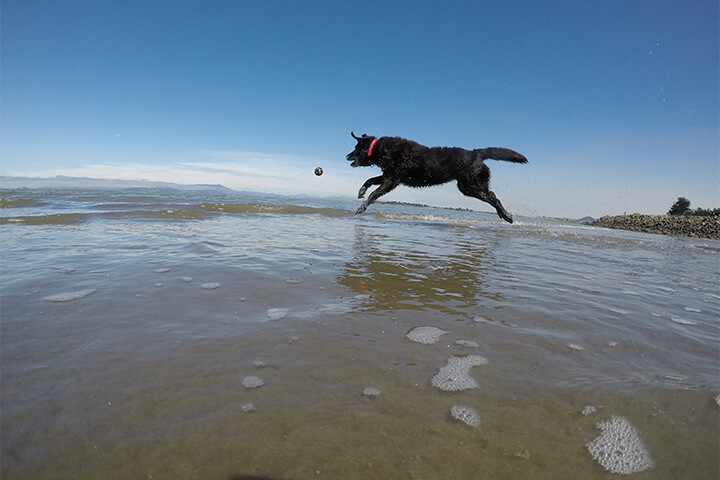
EVERY DOG NEEDS TO EXERCISE! Depending on the breed of your dog, they may need more than others! Please do your research BEFORE selecting a breed to make sure you can keep up with their physical needs. It is crucial that we provide this outlet to our canines, as it is paramount to their success as a domesticated animal. When we consider that their ‘canis lupus’ (wolf) counter part travels up to 30 miles a day, it is not unreasonable to assume our dogs needs a few miles or hours of exercise daily. If your dog is experiencing anxiety, fear, reactivity, or aggression, this would be the first place to start! Get them on an exercise schedule and aim to wear them out every single day. Some great activities for exercise are:
Walking (30 to 90 minutes / 2 to 3 times a day) – If you have issues with your dog on leash, keep the walks in low stimulation areas and go during off-peak times to set your dog up for success. Try new routes, new places, and incorporate nature for added stimulation training
Hiking (2 to 5 times a week) – Take your walk into a new environment and let your dog be in its natural state! Walking your dog in these settings are excellent for hitting the exercise and stimulation pillar. This is also a great option for reactive dogs- find trails that have low foot traffic and go during off peak hours
Playing fetch, tug of war, other physical games – Finding a game your dog loves to play is a fantastic outlet for physical exercise. There are plenty of YouTube videos that can help you teach fetch, “find it”, agility, and other active games to help wear your dog out! The added bonus with this category is that you can also hit the boundaries, affection, and discipline pillar with the right structure during these activities! 🙂
2
The Stimulation (Mental) Pillar
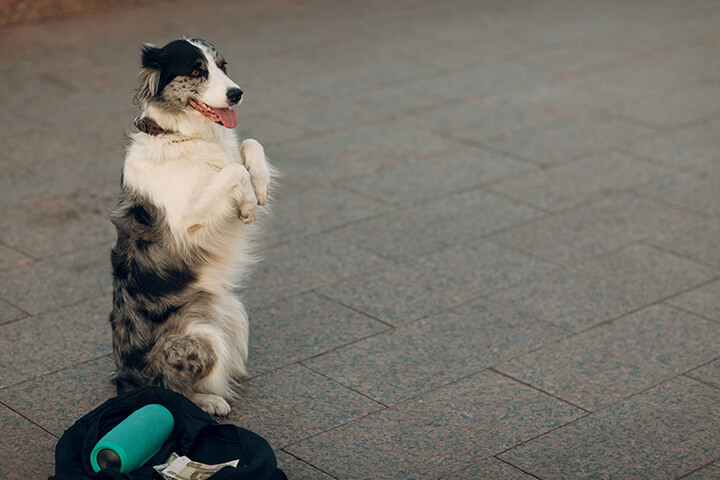
Dog owners often get so hung up on the physical aspect of their dog, that they often forget about the mental part! Canines are extremely intelligent animals with supernatural senses, so we MUST provide enrichment / outlets daily to pay respect to this. If you are only exercising your dog and not providing any other stimulation, you are doing a disservice to these amazing creatures! Your dog was bred for a purpose, so go jump on the computer, do some research, and create a job / mental outlets for your dog. Some of my favorite are:
Structured training sessions (15 to 60 minutes 2-3x / day) – Practicing all your basic commands and recall is an amazing way to add a purpose or job to your dog’s routine. Start with short sessions to keep them motivated, and slowly add new commands, more training time, or new settings to practice in.
Going to new places (1 – 7x / week) – Introducing your dog to new environments is a great way to mentally stimulate your dog. Allowing them to see, hear, smell, taste, and feel new places exhausts their senses and desensitizes them to the world. If your dog is new to this, slowly work up to high stimulation areas (restaurants, cafes, city areas) by practicing in low stimulation environments (parks, low traffic trails, new neighborhoods).
Socializing with other dogs – This is an amazing outlet to work both the physical and mental pillars! Interpreting social cues, working as a pack, and exchanging interactions is extremely stimulating for your pup. Canines are naturally pack animals, so the more friends they can interact with the better. If your dog is new to social interactions, find a one or two owners you trust to walk with weekly. Once they get comfortable with each other after a few meetings, you can allow them to interact at the end of the walk. If you are feeling confident in their interactions, you can start to allow off leash play in a fenced in area and slowly add other responsible owners to your play group! Be careful at the dog park! You never know what type of owner or dog may be there, so always do a lap around it first to survey the situation or go at off-peak hours to ensure a low stimulation environment.
3
The Discipline Pillar

Dogs need direction! Your canine is a pack animal that needs to be shown how and when to react to situations. If you are not able to provide leadership for your dog, it will start to take the reins. Once this happens, issues of reactivity, aggression, and other behavioral issues may become prevalent. The discipline pillar focuses on providing consistency for your dog so that they understand the rules.
Consistent with commands -Making sure you follow through if you ask commands and don’t let your dog blow you off. Don’t ask a command if you are not willing to follow through!
Giving clear direction – Communicating clearly with your dog to teach them right and wrong. “Yes, good boy” when they are performing desired actions / reactions, “No, ah-ah, easy” when they are performing undesired actions /reactions
Consistent consequences – Following a specific protocol whenever your dog is performing unwanted behaviors. We have another great blog to teach how to correct your dog, but the idea is to have a system of increasing severity:
- Voice – Verbally correcting your dog
- Voice + Energy – Verbal + Getting into their space in order to get their attention and/or break their fixation
- Voice + Energy + “Firm Sit” – Verbal + Space + Asking them to “sit” with a firm voice. If they ignore, calmly take their collar and place them into a sit
- Time out – If you exhaust the first three steps, it is time to take them out of the situation and put them into a time out. Using a crate is the best way to institute this consequence, and if you have been crate training consistently this will avoid a negative connotation. If you are not crate training your dog, you should start today!
4
The Boundaries Pillar
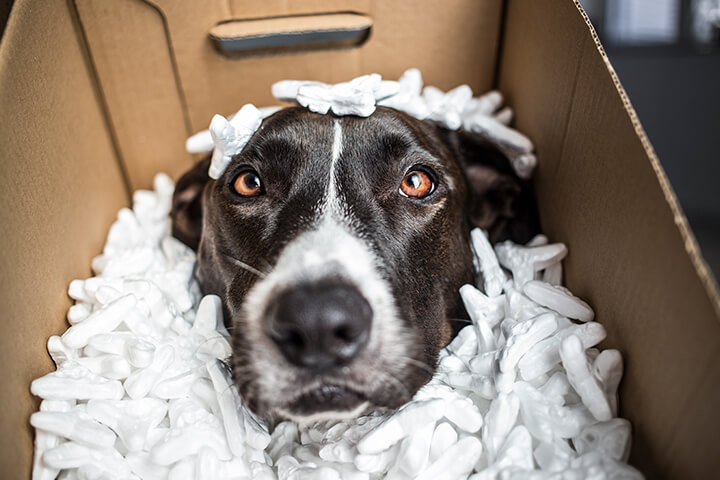
By providing our dog with clear consequences, we teach them to be disciplined and responsive. However, without boundaries are dogs will never really know what is being asked of them. Think of boundaries as a set of rules, the same you would institute if you had children at home. These rules are crucial to outlining what is desired and undesired in terms of behavior. By outlining these rules and being consistent with the consequences, we establish ourselves as the pack leader and naturally teach our dog to look to us for direction:
No jumping on people or the counters – Making sure to ignore your dog if they are excited, jumping, barking. YOUR DOG IS IN AN OVERSTIMULATED MINDSET, so if you pet them you are reinforcing the incorrect mind state. The more you reinforce this mind state, the more you teach them to greet everyone this way! Giving a clear “off” command whenever their four paws leave the ground is the best way to correct this behavior
No barking / being a guard dog – Having a clear command that is used whenever they are rehearsing any reactive or aggressive behavior is key to applying this boundary. A firm “NO BARK” of “Shh” command is typically what we will use. If they do not want to listen, then we walk through our discipline protocol to teach consequence (voice, energy, firm sit, time out). If you are one of those people that want your dog to bark at an intruder but not your friend, please know that this is considered guard dog training and takes considerable money and training from an expert to achieve. Do yourself and your neighbors a favor and teach your dog not to respond this way at home or on walks by instituting this boundary.
No following around the house (Codependency) – This is a crucial boundary to get in to place as soon as possible to avoid codependency and separation anxiety issues. When you allow your dog to follow you everywhere, you engrain this behavior into their routine. Therefore, once you leave the house your dog does not know what to do with itself. This is when the barking, whining, pacing, and destruction occur. Therefore, it is imperative to CRATE TRAIN your dog if you want them to develop independence and self soothing skills. If you are against a crate, please do your research on the benefits and consider a training pen or separate room to work these behaviors. It is the same reason you have your children go to school and sleep in another room! Once your dog starts to learn independence, you can being working a “place” command with an extended “wait”.
5
The Affection Pillar

This pillar is definitely the most challenging for owners to wrap their head around. The problem with affection is that if you give too much of this pillar, it is easy for your dog to become mentally unbalanced. This is because with incorrect affection timing and/or and overload of affection, your dog thinks it needs to be the leader and will never develop the discipline or boundary pillars. The issue here in the USA is that too many people anthropomorphize their dog. They give their dog human traits and force all their emotions, predispositions, and believes onto their dog. It is extremely stressful for your dog to live in this mind state. It is not a human and should not be treated like one. Remember: doing this only fulfills your needs, it does not fulfill your dog. Luckily, this is easy (in theory) to fix:
Affection Timing – Making sure you are praising your dog and rewarding it with affection when it is in the proper mind state. If your dog is jumping, barking, and going crazy, you should not reward that with affection. This is because you are reinforcing the wrong mind state. Moreover, if your dog is nervous, anxious, or fearful, you need to coach them through it with clear direction and feedback. If you pet them and tell them “it’s ok”, “don’t worry”, or try to soothe them, you again are reinforcing the wrong mind state. The easiest way to be consistent is always ask yourself “what mind state is my dog in?” before giving affection. If they are in a desire mind state, you can reinforce with affection. If they are not, coach them through it and get them into the correct mind state before giving them affection.
Affection frequency – If you give your dog affection 24/7, you are not using this incredible tool as a resource. Instead, you are invalidating the value and slowly making it a worthless. The reason is because if your dog can get access to affection whenever it wants, it loses the value as a training tool and positive reinforcement technique. By controlling how much physical and verbal praise you give your dog and ONLY using it when they are in the right mind state, you add an incredible training tool to your tool belt. When used properly, this tool will help gain considerable control over your dog. If you are unsure if you are giving too much love, try to give 50% less every day for a week and only use it when they are in the right mind state 🙂
Praising the “Easy” mind state – A personal favorite and one of our most used training methods to fix behavioral issues. Whenever your dog is in a clam mind state (sleeping, resting, relaxed, calm) reinforce them with a calm “easy” command – “good boy / girl easy”. By adding this command consistently throughout the day, you begin to teach your dog what this mind state means. By reinforcing this command in the proper mind state and controlling the affection you give, you teach your dog that the “easy” mind state gets the best reward. In addition, you unlock the ability to use this command when your dog is in the wrong mind state to help calm it down and re-gain control!
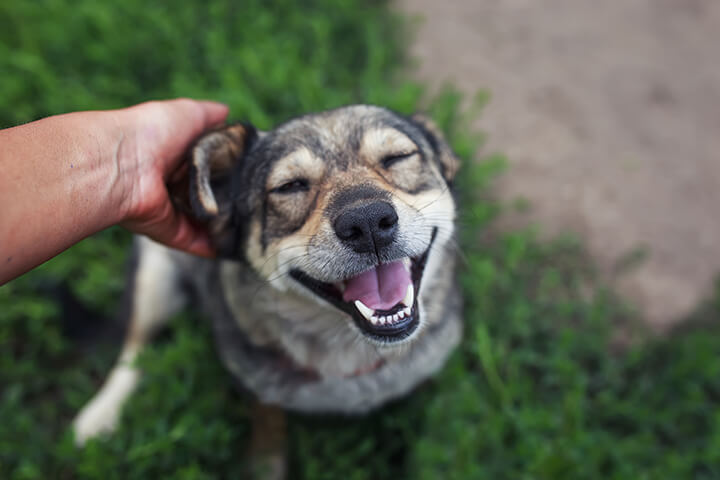
So there you have it! Using these five pillars to mentally balance your dog will help create a daily check in to figure out what your dog is missing. If you can hit all of these categories equally, you have a great chance to help mentally balance your dog and become the leader you need. If you have any questions or need help discovering what your dog may need, fill out an assessment form here!

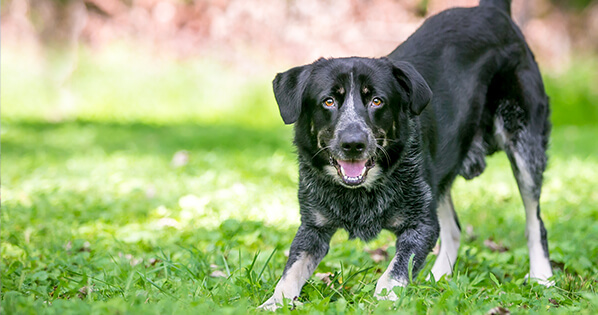
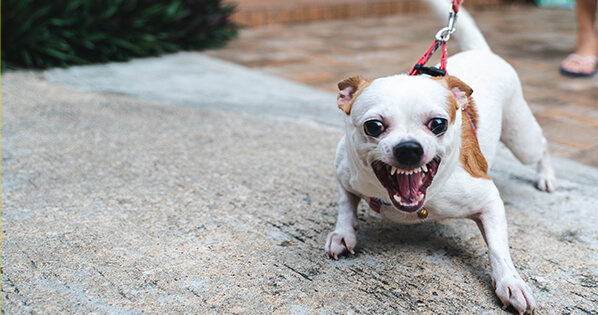
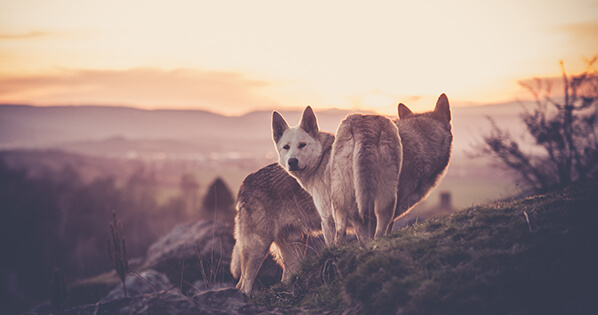
Wow! So comprehensive and helpful. My Rufus is coming in a week and I will be studying this information So I can become his leader and we can enjoy a good life together!
Thank you!
Joan Cannamela
Waterford Ct